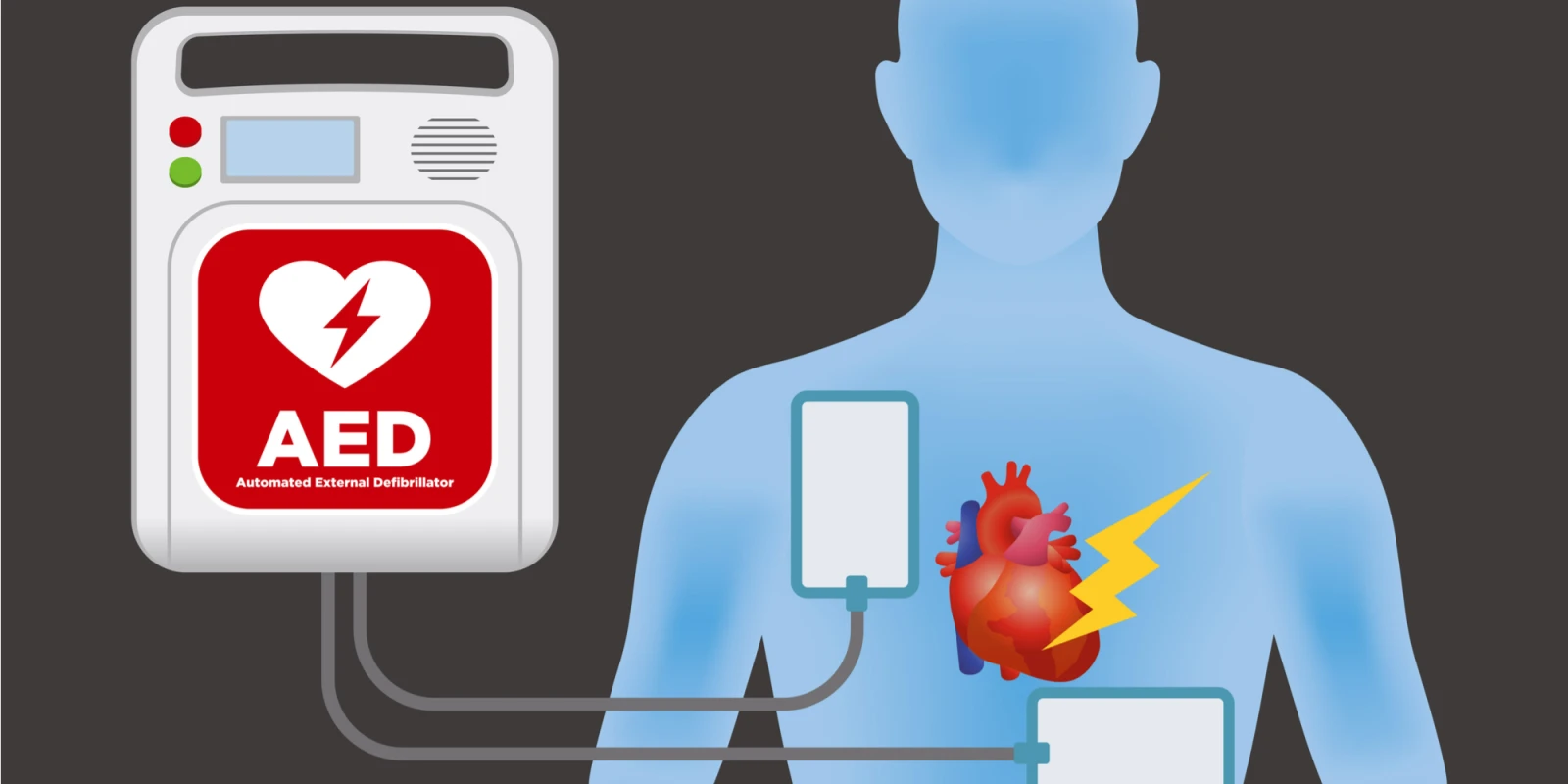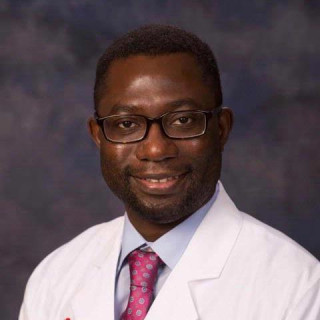
You never know when you will need an automated external defibrillator (AED) because the heart can stop at anytime. We were in Hawaii on vacation the week of my birthday, and we decided to visit Pearl Harbor (after all, a trip to Honolulu is not complete without a trip to Pearl Harbor).
The museum is rich in history and a reminder of the valor of our men and women in uniform. When we visited, it was a beautiful day in Hawaii just like it was on December 7, 1941 before the Japanese bombs started dropping.
The USS Arizona memorial program started with a very moving video about the attack and how our country responded. After, a ferry took us to the memorial, which sits miles away from the harbor, suspended above the wreckage of the actual navy ship—the USS Arizona—the final resting place for over a thousand sailors and Marines.
We stepped off the boat and started towards the center of the monument. The floor was slightly raised. The woman in front of me staggered, knocking down the stanchion as she hit the ground and hitting her head in the process. I called out to the elderly female: "Ma'am, Ma'am, can you hear me?" No response. I felt for her pulse. There was none. The CPR courses kicked in. I started CPR. I started chest compression. 1, 2, 3, 4 …
I was surrounded by other people, including my wife (also a physician). Later, I found out that among us were a Canadian physician and two off-duty police officers. We all took turns doing chest compressions and checking for her pulse. About one hundred compressions in, I asked for an AED—and to my surprise, our tour guide found one. An AED on the USS Arizona Memorial?
I attached the AED and again, to my surprise, it announced "shock advised." I shocked her. We checked for her pulse and this time, she had one. Color came back to her face. She began taking in breaths, but was not fully conscious.
Our tour guide radioed for help and paramedics arrived in a ferry to pick up the woman. A second ferry came to get the rest of the party and that concluded our guided tour of the USS Arizona. My kids were in awe. The other tourists at Pearl Harbor were astonished. Our tour guide expressed gratitude. I thanked those CPR classes. And AED!
According to the American Heart Association, cardiac arrest is an electrical malfunction in the heart that causes an irregular heartbeat (arrhythmia) and disrupts the flow of blood to the brain, lungs, and other organs. Each year, more than 350,000 out-of-hospital cardiac arrests occur in the United States. Most of these people die.
When a person has a cardiac arrest, survival depends on immediately getting CPR from someone nearby. Almost 90 percent of people who suffer out-of-hospital cardiac arrests die. CPR, especially if performed in the first few minutes of cardiac arrest, can double or triple a person's chance of survival.
If someone has cardiac arrest and the rhythm is abnormal, an AED is critical in restoring the rhythm to normal and therefore increasing the chance of survival. In a recent study published in the journal Heart, 93 percent of individuals with sudden cardiac arrest in sports centers with on-site AEDs had neurologically intact survival compared to nine percent in centers without onsite AEDs. (1)
Wherever people gather, we should have an AED—churches, parks, movie theaters, sports centers, schools, shopping malls, office buildings, and yes, memorial parks.
References
- Aschieri D et al. Outcomes after sudden cardiac arrest in sport centers with and without on-site external defibrillators. Heart. 2018; 104(16): 1344-1349.
Adewale Ajumobi, MD, MBA, FACP, FACG is a board certified gastroenterologist and the founder and editor of bowelprepguide.com.







